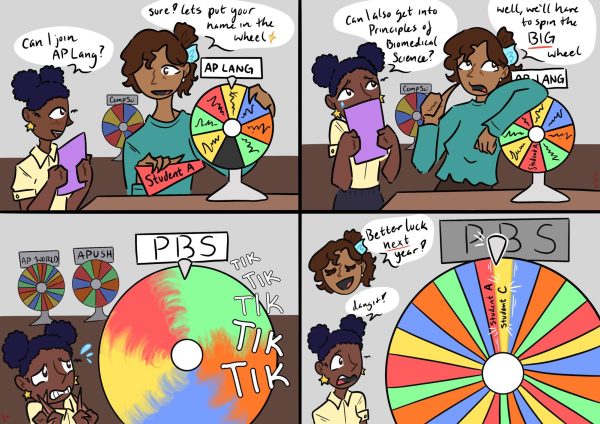Should California be split into three states?, YES
This November, Californian voters will be presented with the important decision of whether to split the state into three completely separate states.
The two points that exemplify the need to divide California are more accurate political representation and a fair division of California’s resources.
To accurately understand the issue, one must first understand the proposed separation.
The most popular proposal would split the state of California into Northern California, Southern California, and California.
Northern California would consist of everything north of Merced County in the Central Valley, and it would extend to the northern border of the current California.
California would extend along the southern coast from Monterey to Los Angeles counties.
Southern California would include San Diego, Death Valley, and a large swath of the Central Valley south of Merced County.
The most populous state in the United States carries significant political power and is regarded as the golden empire of the Democrats.
But there are significant portions of this state that lean Republican.
For instance, Donald Trump received at least 70 percent of voted from residents in Lassen and Modoc counties, located in the far northeast part of the state.
They are in no way isolated as the northeastern part of California, excluding the coast, is majority Republican.
The Republican party also has a strong base extending across Eastern California as far south as Kern County north of Los Angeles.
While these counties only provide 32.8 percent of the total popular vote to the Republican party, it is important to remember that percentage represents around 3.9 million people, equal to the entire population of Oregon.
The Constitution grants these people the same access to political representation as their democratic peers, but the two-senator system just can’t provide that representation.
In the majority of the United States, the two-senator system works just fine. But in the most populous state in the union it just can’t satisfy the majority.
We as a state are represented by two senators who are unfairly tasked with adequately representing the interest of around 39 million people.
Elsewhere in the Senate, 42 representatives also represent 39 million people.
Most would argue that the reason the senate exists is to give the small states power and giving California four more senators would be detrimental to the system.
This criticism would be valid if California retained its unity, but the separation of the state into three states would for instance split the state’s 53 representatives in Congress while creating four more senators.
Another reason to separate California is to divide California’s resources to better serve the populace.
It’s extremely obvious that the state with the highest population has infrastructure issues, as shown by southbound 680.
But our local high-density rumble strip is not a one off. The American Society of Civil Engineers reports that 50 percent of the second longest road system in the country is in poor condition.
The state currently spends $22.5 billion, or 12 percent of the state’s $183-billion budget, on transportation development.
The division would create the three California’s with smaller road systems, meaning the separate states could spend considerably less on traffic development.
The more complicated and therefore more expensive transport systems are all located in the new richer states of California and Northern California, allowing for the more rural Southern California to spend less on traffic development.
Overall, splitting California allows for greater political representation and a better distribution of state resources, all of which would greatly benefit all of California residents.


